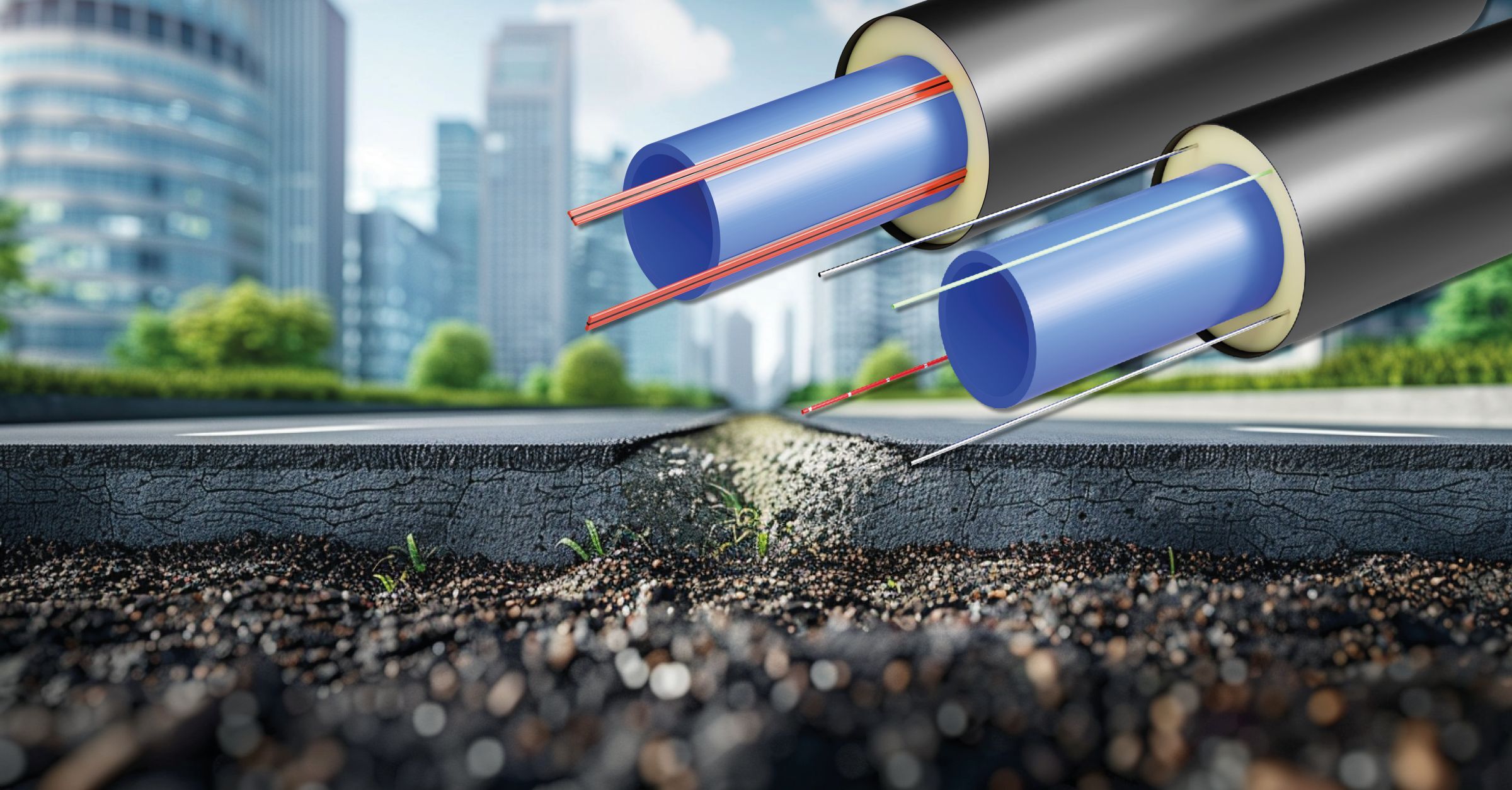Difference between district heating and local heating explained
District heating and local heating are two central supply concepts for a climate-friendly heat supply. But what are the differences - technically,...

Global water scarcity, climate change, and energy efficiency are defining issues worldwide. Conserving natural resources has long been a general consensus. However, this applies not only to fossil fuels and forests, but also to water - nothing should be wasted. Modern leak detection systems in district and local heating networks, as well as in cooling networks, are therefore indispensable today and are mandatory for operating licences in Germany.
State-of-the-art leak detection systems enable significant water, energy, and cost savings. They make a crucial contribution to tackling the water crisis, which affects both developed and developing countries.
Modern leak detection systems use advanced technologies to identify leaks in water distribution networks. They provide a proactive approach, detecting leaks early to prevent significant water losses. These systems play a crucial role in reducing water consumption, promoting energy efficiency, and optimising resource use.
The advantages:
Implementing these systems is not only a step towards greater sustainability, but also offers economic benefits, as the operating and maintenance costs in cooling, local heating, and district heating networks are significantly reduced. Leak detection is therefore a fundamental economic factor and a technology for safeguarding our natural resources for future generations.
The importance of leak detection can be summed up in three key aspects: safety, cost-effectiveness, and environmental protection.
Modern leak detection systems, especially those using advanced sensor technology, play a decisive role in achieving these goals. Continuous monitoring and real-time alerts enable an immediate response to potential problems. By detecting leaks early, piping system operators can minimise damage and increase safety. The risk of water loss, financial costs, and environmental harm are significantly reduced. Prompt repairs not only maintain operational continuity but also prevent long-term damage to infrastructure and the surrounding environment.
Thanks to digital leak monitoring, modern leak detection systems also enable remote monitoring. This allows water or energy systems to be monitored anytime and anywhere. Real-time alerts are sent via mobile applications or email notifications when a leak is detected. This proactive approach makes it possible to act immediately and prevent further water or energy loss.
Traditionally, visual inspections, acoustic detections, and dye testing methods have been used to locate leaks. However, these methods have their limitations in terms of efficiency, accuracy, and the ability to identify leaks in large or complex networks. Today, sensor technologies based on various principles are gaining ground.
Each of these technologies has its advantages depending on the use case and network. There is also the possibility of combining sensor data and intelligent analysis methods. This makes modern leak detection systems particularly effective.
Sensor-based leak detection has become established in local and district heating networks, as well as other supply networks, because it operates quickly, accurately, and reliably. It helps operators to detect leaks at an early stage, before high energy losses, consequential damage, or downtime occur.
In summary, sensors provide a solid foundation for data-driven maintenance, protect critical infrastructure, and ensure economical, sustainable operation. Without this sensor technology, reliable and continuous leak detection in complex local and district heating networks would be virtually impossible.
Building on these principles, aquatherm develops plastic pipe systems for district heating, local heating, and cooling networks, including aquatherm energy (pre-insulated pipes for heat distribution) and aquatherm blue (pipe system for closed heating and cooling circuits). These systems are designed to allow continuous monitoring of the network, with early reporting of deviations and rapid localisation of leaks in the event of a malfunction. This approach enables predictable, economical maintenance rather than unplanned downtime.
The growing global awareness of the need to protect natural resources, especially water, presents a major challenge: minimising water losses from leaks in all supply systems. For operators of district heating, local heating, and cooling networks, leak detection is an essential part of safe and reliable network operation. It is not only about improving efficiency and reducing costs, but also making a decisive contribution to environmental protection and sustainability. Modern leak detection systems enable early leak detection and rapid repairs of leaks, reducing losses, avoiding downtime, and ensuring the integrity of the infrastructure.
Leak detection is an important building block towards a more sustainable future, where every resource is valued and protected. The continuous development and adaptation of these technologies to the specific requirements of different application areas will remain vital in optimising water consumption, improving the efficiency of energy transmission systems, and promoting responsible use of our natural resources. Our products demonstrate how technical reliability, cost-effectiveness and sustainability can be combined in specific pipe systems - find out more now!
District heating and local heating are two central supply concepts for a climate-friendly heat supply. But what are the differences - technically,...
At first glance, the question of how district heating is produced and what it consists of may seem simple, but it touches on central aspects of the...
Supplying several buildings, blocks of flats or even entire cities with cost-effective and environmentally friendly heat for heating and hot water –...